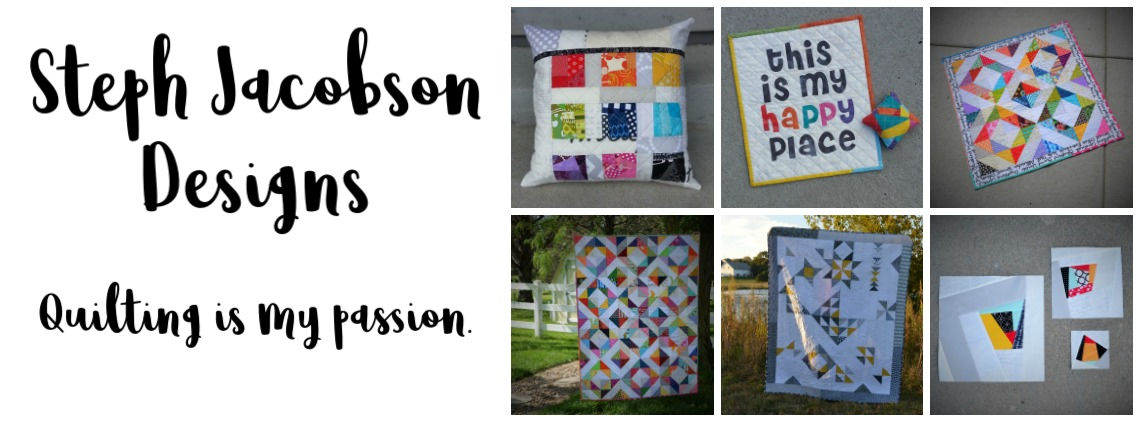Want to make a cute little baby washcloth?
These are so much better than those washcloths you buy in the baby section. They're bigger and thicker. Babies and toddlers are messy. You need decent washcloths. These are so easy to make it probably doesn't even need a tutorial. But I made one anyway.
These are so much better than those washcloths you buy in the baby section. They're bigger and thicker. Babies and toddlers are messy. You need decent washcloths. These are so easy to make it probably doesn't even need a tutorial. But I made one anyway.
Materials:
washcloths or toweling/terry cloth fabric
flannel fabric
scissors
pins
sewing machine
thread
I purchased a stack of washcloths at Target.
They used to sell sets of various colors, but all I could find this time were sets of one color. Make sure you get basic washcloths without a thick rolled hem or decorative border or anything. Mine have a very simple serged edge on them and were $3.49 for a set of 8. Target will run them on sale, and I see them clearanced once in while so you can get them cheaper. Since they're going to be backed in flannel you don't need (and probably don't want) a really thick washcloth. (You could also purchase toweling/terry cloth fabric and cut to the desired size to use in place of the washcloth.)
1. Prewash washcloths and flannel fabric. Remove any tags and stray threads.
2. Place the washcloth on your piece of flannel fabric with right sides together. Using your washcloth as a template cut out a piece of flannel fabric the same size as the washcloth. You could pin the washcloth and fabric together before cutting it out, but I don't. I like to live on the edge.
3. Pin your washcloth and flannel fabric together (right sides together).
4. Sew your washcloth and flannel fabric together. I used the edge of the existing washcloth hem as a guide and followed the rounded corners. Be sure to leave an opening (about 2 inches or so) for turning the washcloth right side out.
5. Turn the washcloth right side out. You made need to use a pencil or other similar object to poke the corners out.
6. Fold the washcloth and flannel fabric in at the opening and pin.
7. Iron around the edge of the washcloth. You can pin around the edge to help keep the fabrics lined up when topstitching, but I don't. Topstitch around the edge of the washcloth. I like to use the inside edge of the presser foot as a guide and move my needle two positions to the right so my topstitching is nice and close to the edge.
8. When you come to the opening, carefully continue topstitching making sure your fabric remains folded in to sew the opening shut. Backstitch at the beginning and end to secure the stitching.
9. Admire you cute little washcloth!
This is a great way to use up flannel scraps or an excuse to buy cute flannel remnants. If you don't have flannel fabric big enough, piece them together to make an even cuter washcloth.
Now to make a stack of them for an inexpensive but totally awesome baby shower gift.






































